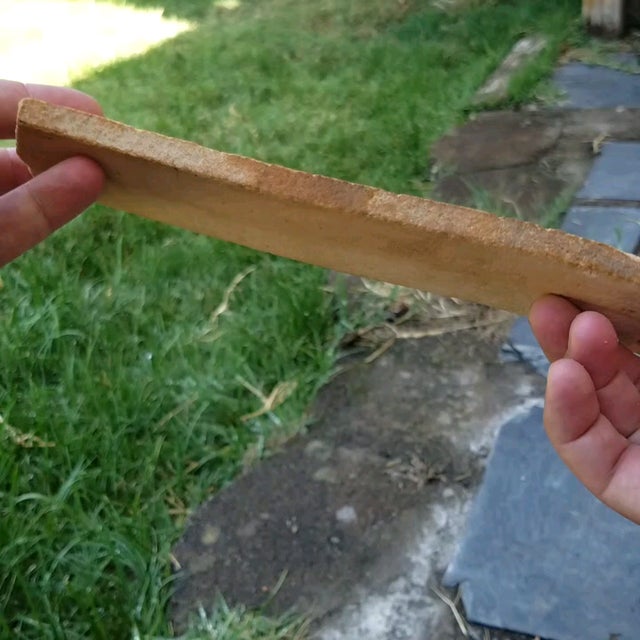Itacolumite is a porous sandstone that becomes flexible when it is cut into thin strips.
It is named after the place it was first found in, the Pico do Itacolomi rock formation in Minas Gerais, Brazil. However, it can be seen all across the globe in places like Georgia and North Carolina in the US, and Kaliana village in India.
It is usually used for construction purposes as it has a good partition. This means that it can be molded into plates about 1 cm thick and up to 20 cm long. These plates are then used for floor or wall revetment.
If a piece of itacolumite 30 to 60 centimeters long is left supported only at its ends, it will gradually bend under its own weight. When turned over it will straighten and bend the other way because of gravity. It is very unlike rocks to be this flexible but there is a scientific explanation behind this behavior.
Geologists have deeply studied the rock for years. Earlier, it was believed that the thin scales of mica allowed little movement between adjacent grains of quartz, but the flexibility of this rock appeared to have different reasoning.
It is claimed that the porosity of itacolumite enables interstitial movement, while the hinge-like joints by which the sand particles are connected hold them together despite the displacement.
Bending this rock is narrated as a trippy experience by those who have been fortunate enough to hold the piece, as it definitely has the weight of a rock, but bends conveniently when pressure is applied to its ends.

